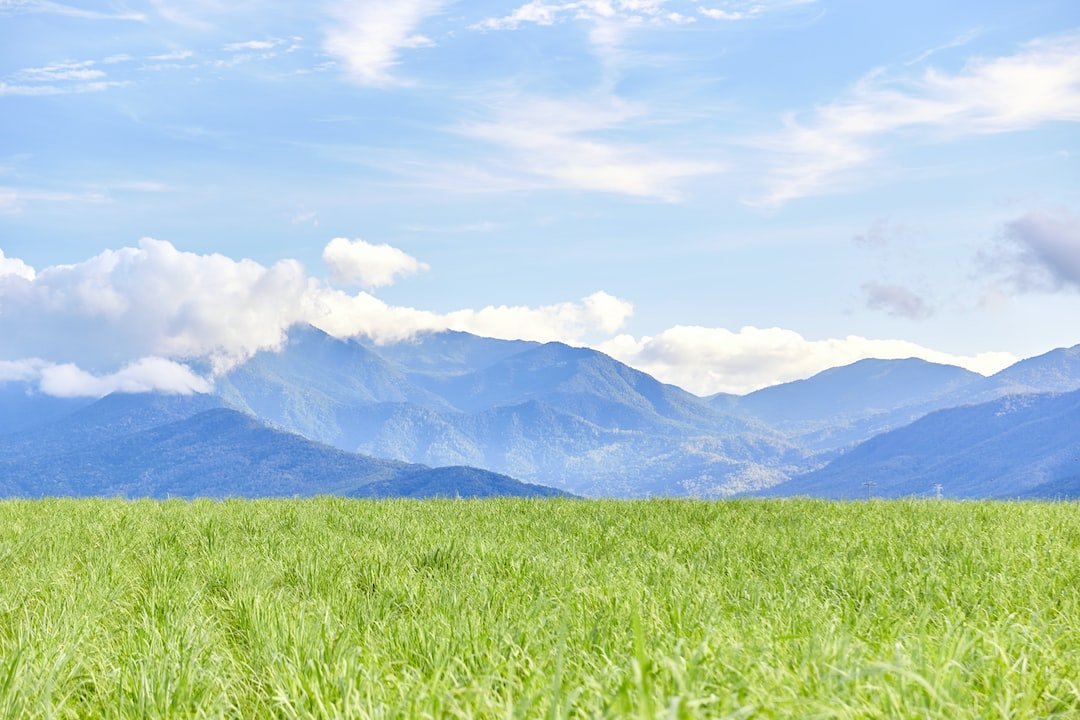A Guide to Kayaking and Canoeing
Have you ever wanted to explore the serenity of nature, gliding through calm waters while surrounded by lush landscapes? Kayaking and canoeing offer an incredible way to do just that. Whether you are a thrill-seeker or a leisure enthusiast, these activities can be enjoyed by people of all ages and skill levels. In this guide, we will delve into the basics of kayaking and canoeing, covering everything from equipment and safety tips to the benefits and locations for these water sports.
First and foremost, let’s understand the difference between kayaking and canoeing. While both activities involve paddling through water, there are some key distinctions. In a kayak, the paddler typically sits with their legs extended forward and uses a double-bladed paddle. Canoes, on the other hand, typically hold one or more paddlers who kneel or sit on a raised seat and use a single-bladed paddle. Each offers a unique experience, but both guarantee an exhilarating adventure on the water.
Before you embark on your kayaking or canoeing journey, it’s essential to have the right equipment. The most crucial piece of equipment is, of course, the kayak or canoe itself. There are numerous options available, from sit-in and sit-on-top kayaks to recreational canoes and touring kayaks. Research different types, considering factors such as stability, storage capacity, and maneuverability, to find the one that suits your needs best.
A good quality paddle is equally important. Paddles come in various materials, such as aluminum, fiberglass, and carbon fiber, each offering different levels of strength, durability, and weight. When choosing a paddle, make sure it is the appropriate length for your height and the style of water you will be paddling in.
Additionally, it is crucial to wear a personal flotation device (PFD) or a life jacket at all times. These not only keep you safe but are legally required in many places. Look for a PFD specifically designed for paddlers, providing ample mobility and buoyancy.
Now that you have your equipment ready, let’s discuss safety. Always remember to check the weather forecast before embarking on your journey. Avoid kayaking or canoeing in strong winds, storms, or lightning-prone conditions. It’s also essential to familiarize yourself with the rules and regulations of the particular water body you plan to explore. Some areas may have specific boating restrictions, speed limits, or permits required.
When on the water, maintain situational awareness and be cautious of other boats, especially in high-traffic areas. It’s helpful to learn and use common hand signals and understand the right of way rules. It is also prudent to inform someone about your planned route and estimated return time, especially if you are paddling alone.
Beyond the practical aspects, kayaking and canoeing offer numerous health and wellness benefits. These activities provide an excellent cardio workout, helping to improve your overall fitness levels. The rhythmic paddling motion engages multiple muscle groups, including your arms, back, and core. As you spend time in nature, you will also benefit from reduced stress levels and an improved sense of well-being.
Now, it’s time to explore some ideal locations for kayaking and canoeing. For beginners, calm and sheltered waters, such as lakes and slow-moving rivers, are ideal. Places like Lake Tahoe in California or the Everglades in Florida offer stunning views, abundant wildlife, and calm waters, making them perfect for first-time paddlers. Furthermore, national parks and state recreational areas often provide designated kayak and canoe routes with varying difficulty levels.
For those seeking a more challenging adventure, sea kayaking is an excellent option. The rugged coasts of places like Vancouver Island in Canada, the Greek Islands, or the fjords of Norway offer unforgettable experiences. However, sea kayaking requires advanced skills and knowledge, including navigation and understanding currents and tides. Consider taking a guided tour or participating in a training program to ensure your safety and enjoyment.
In conclusion, kayaking and canoeing allow you to connect with nature, improve your fitness, and experience unparalleled tranquility. Regardless of your skill level, there are plenty of equipment options, safety precautions, and breathtaking locations to choose from. So, grab your paddle and prepare for an unforgettable journey on the water!

